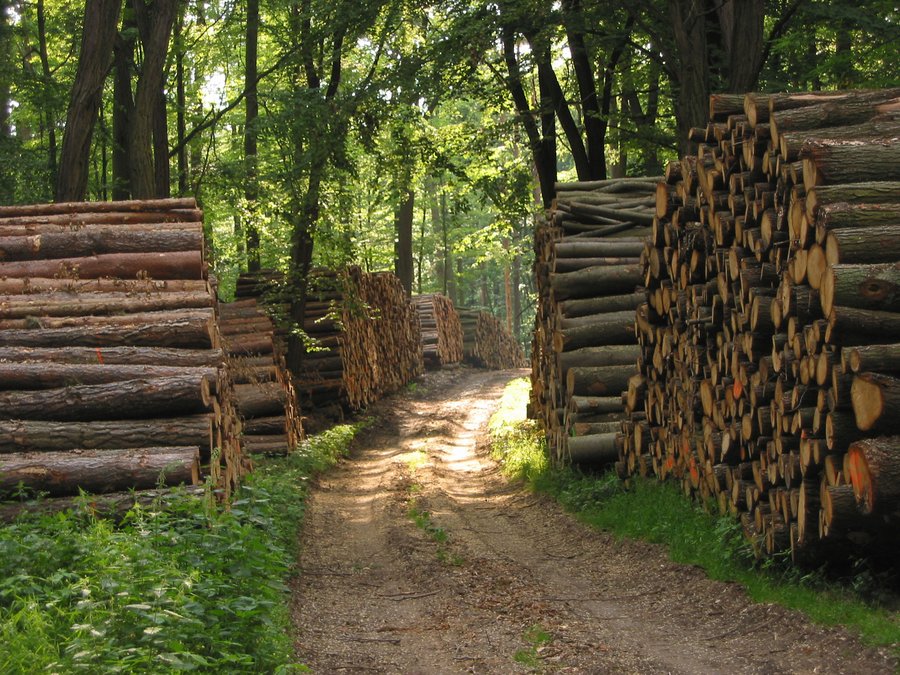Legally, a forest is any area of ground covered by forest vegetation (Article 2 of the Federal Forest Act). Foresters traditionally call this area “timberland". This also includes forest areas that are not stocked with trees for a time (gaps and temporarily unstocked areas).
The forest also includes permanently treeless areas such as forest tracks, landings, firebreaks as well as other areas linked to and serving the forest. These areas are called “unstocked forest land".
The National Forest Inventory is based on the legal definition of the forest. For the sake of a distinct and uniform delineation, areas are also defined as forests when they are at least 0.1 hectares large and 10 metres wide (see Terminology: Forest).
